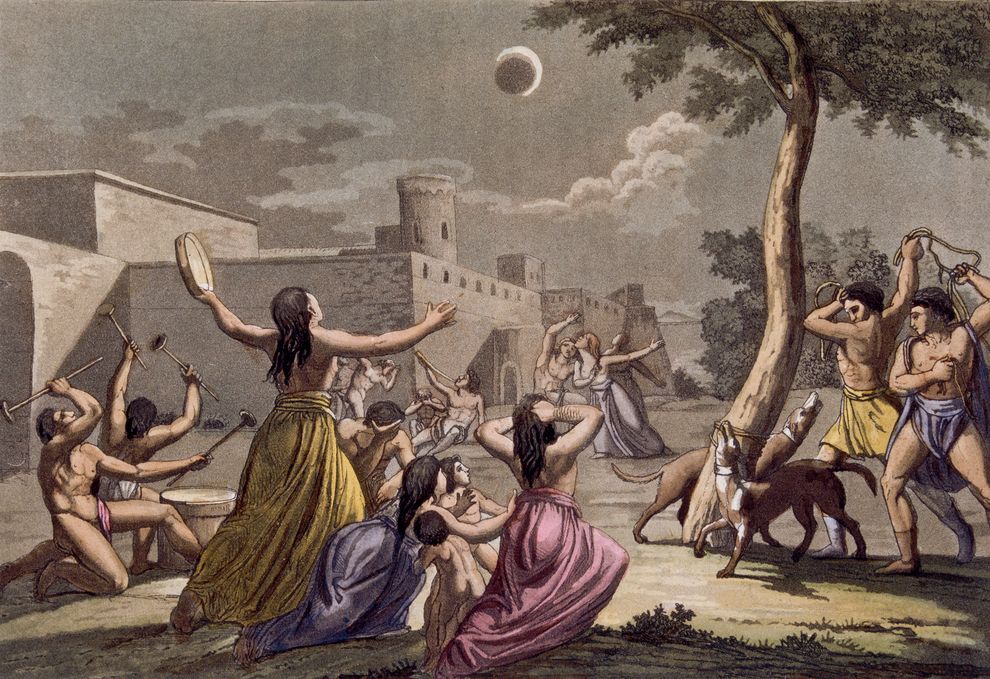
© Karen L. King 2012Gospel of Jesus' Wife: front.
The Gospel of Jesus' Wife, a papyrus fragment of Coptic script containing a suggestion that Jesus may have been married, is an ancient document, and not a modern forgery, says a paper published in the
Harvard Theological Review on Tuesday.
Tests by teams of engineering, biology, and chemistry professors from Columbia University, Harvard University, and MIT indicate the papyrus dates to between the sixth and ninth centuries, and possibly as far back as the second to fourth centuries.
The brownish-yellow, tattered fragment, about 1 1/2 inches by 3 inches, caused international uproar when it was presented at a conference in Rome in September 2012 by Harvard Professor Karen L. King.
Written in Coptic, a language of ancient Egyptian Christians, the fragment appears to be a broken conversation between Jesus and his disciples.
The center of the business-card-sized papyrus, which features just eight lines of text on the front and six lines on the back, contained the bombshell phrase "Jesus said to them, 'My wife ...'
"She will be able to be my disciple," said the next line. And then: "I dwell with her."
Dismissed as a "clumsy forgery" by the Vatican newspaper, the Gospel of Jesus' Wife was widely debated by scholars. Skepticism abounded, with several experts arguing over the document's poor grammar and its uncertain provenance.
But according to Harvard Divinity School, "none of the testing has produced any evidence that the fragment is a modern fabrication or forgery."

